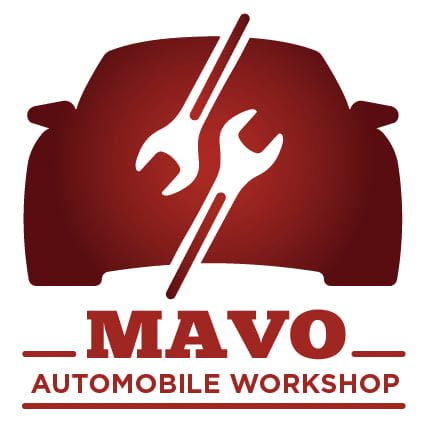Recently, I was having a conversation with Marvin Sserukwaya, the Managing Director of Mavo Automobile Workshop. As we discussed, he talked about his recent addition, a spares shop. Usually, when backward integration is explained, it’s never articulated as in the case of the service industry. But what Marvin and team have done is a clear example of backward integration.
The mechanic’s biggest inputs to any car are spares, tools, and labour. Because cars differ and they require different spares, most mechanics usually get these from the people that specialize in running spares shops. In Kampala, the distributors of the spares are in Kisekka market and from these, the retailers acquire spares for resale in other locations.
Thus, for a mechanic, the way to backward integration is to run the retail process of their spares. And perhaps later, they could also venture into the distribution chain. Also, while having this conversation with Marvin, we talked about the advantages to slow and steady organic growth. As Ortega Group, we’ve always made a case from slow and steady growth as opposed to artificially inflated business growth. For the case of the spares shop, one can start it with UGX 20 million, one can also start with UGX 3 million or even UGX 100 million. We can bet within 5 years, there’s a higher likelihood of finding the person who started with UGX 3 million having better chances of survival. As long as the UGX 3 million person keeps improving and learning, they stand the better chance of business success.
The higher starting points deny founders the learning experience, the creativity and innovation. As Ortega Group, we shall keep watch of this backward integration initiative by Mavo Automobile Workshop and will update you on progress and lessons from that front. We believe business transformation should also be approached as a slow, steady, and continuous process rather than a one-off experience.
In today’s insight, we’ve also made a case for an appropriate backward integration, one that makes an intervention on a key input. The beauty with backward integration is that one is already the source of market research. As a mechanic, Marvin is close to the customers, he knows what spares is fast-moving and he knows why it’s critical to maintain quality in the spares industry. All these are advantages to be exploited.

